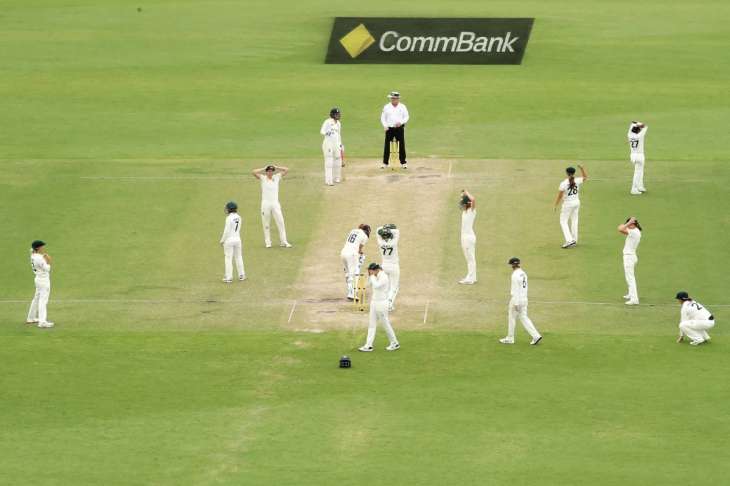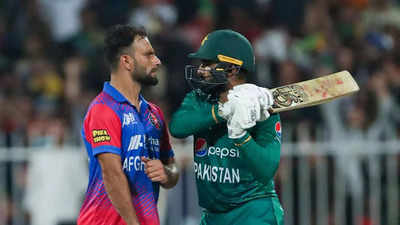
It can be difficult to keep score in cricket. There are many different ways to add runs to a team's score. Here's a video explaining the different kinds of runs: extras, boundaries, and runs made between the wickets. Every run is vital in this sport. This video will assist you in understanding the different scoring systems. The more you understand the different scoring systems, the more enjoyable the game will be.
Extra runs can be added to a team's score
There are many ways to score extra runs in cricket. You can score extra runs by using a variety of methods, including no ball (a pitcher intentionally does not bowl a certain ball) and leg-bye (a batsman hits it with his body so that it becomes a deadball). These runs are not added to the team's total score.
There are different rules regarding extra runs in cricket. The extra runs that a batsman scores when he hits the ball beyond the boundary rope are four. In the same way, a batsman may score four runs if the ball hits the boundary rope but bounces beyond his stumps.
Linear scoring systems
Linear scoring in cricket keeps track of the number and type of balls that each batsman and bowler has taken in an innings. These systems were developed in the late 19th century and early 20th centuries. These systems track every ball on one sheet, unlike traditional batting which records each batsman's hit separately. In the late 1890s, Australian Bill Ferguson introduced a new way to keep score, using the method.

Linear scoring in cricket is growing in popularity. It is preferred by Cricket South Africa as well as the ICC. Linear scoring has been introduced to all levels in KwaZulu-Natal.
Fielding additional personnel
Extras in cricket can be scored when a batsman or bowler fields a ball that is not their body. These extras are usually five runs in value, and they are deducted from the total score for the over. Byes are added when the bowler makes an unhit bowl.
There are two types if extras in cricket: leg and byes. Leg byes are not counts against the bowler because they are not erroneous deliveries, so bowlers are not penalized for them. Leg byes are not added on to the batter's score. Leg byes are therefore also Fielding Extras.
Bowling extras
By allowing you extras to bowl, you can score more in cricket. There are four types if extra runs: wides (with or without balls), no balls (with or without run out), and wides with no run-out. The wicket-keeper must pick up the ball cleanly so that a wide ball can't be out-hit. It counts as an extra hit.
Extra runs are very important in cricket. They can determine the outcome of a match. If a team scores 225 runs, with five wickets taken, it will be better than if they score the same number of runs but lose seven wickets. These extra runs can be called 'extras. They can be further categorized into two categories: bowling extras and fielding extras. While fielding extras do not count against a bowler, bowling extras add to the total of the batting team and are offset against the bowler.

Pitch sizes
Cricket is a sport where skill and precision are essential. A cricket pitch may have different dimensions. The length and width of the cricket pitch are approximately 66ft. A cricket pitch is divided into sections by the boundary edge, which is white. The batting team will get an additional run when a big ball is struck. If this happens, then the bowler must bowl another delivery. Both teams should focus on protecting their wickets while chasing down runs.
A cricket pitch has various dimensions, with the smallest area measuring a chain. A cricket pitch with this size can be used for scoring. A standard chain measures around 3 feet. A furlong measures approximately 10 chains and is about 220 yards in length.